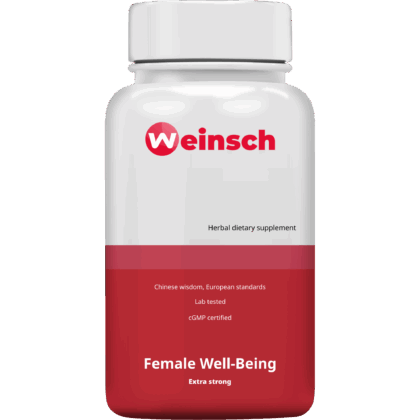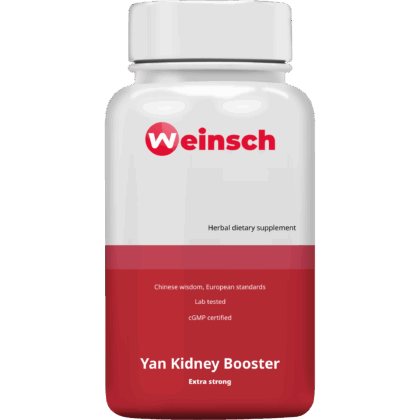Rou Gui, also known as Cinnamomi Cortex or Cinnamon Bark, is a pungent, sweet, and hot herb used in Traditional Chinese Medicine (TCM) to warm the interior, tonify Kidney Yang, disperse cold, and guide fire back to its source. It is especially effective in treating internal cold from deficiency, cold extremities, lower back pain, and menstrual disorders. Rou Gui is a deeply warming and restorative herb, particularly suited for cold-type syndromes and Yang collapse.
Functions & Benefits
Warms the Kidneys & Fortifies Yang
Rou Gui is a primary herb for treating Kidney Yang Deficiency with symptoms such as cold limbs, fatigue, impotence, and soreness of the lower back and knees. It strongly warms the source fire and restores depleted Yang energy, particularly in the elderly or chronically ill.
Leads Fire Back to Its Source
This herb is used to guide floating Yang or deficient fire downward, especially in cases of false heat from Yang Deficiency. Symptoms may include flushed face, dry mouth, or tidal fever due to internal cold pushing heat upward.
Disperses Cold & Warms the Channels
Rou Gui is effective in relieving pain caused by cold obstructing the channels. It is commonly used for cold-type bi syndrome, abdominal pain, menstrual cramps, and chronic cold in the limbs. It helps improve circulation and relieve tension due to cold.
Promotes Generation of Qi & Blood
By warming the interior and strengthening Yang, Rou Gui indirectly promotes the generation and movement of Qi and Blood. It supports the Spleen and Heart functions in conditions of chronic deficiency.
Indications
Cold limbs, fatigue, and back pain due to Kidney Yang Deficiency
Abdominal pain or menstrual cramps from internal cold
Impotence, infertility, or premature ejaculation with signs of Yang Deficiency
False heat signs such as flushed cheeks with cold extremities or deep cold sensation
Bi syndrome or joint pain aggravated by cold and relieved by warmth
Tongue & Pulse Diagnosis in TCM
Tongue: Pale, swollen, or wet with a thin white coating
Pulse: Deep, slow, and weak, especially in Kidney or Spleen positions
Common TCM Patterns Treated by Rou Gui
Rou Gui treats Kidney Yang Deficiency, Spleen Yang Deficiency, Interior Cold with Qi and Blood Stagnation, and False Heat from Yang Collapse. These patterns present with symptoms such as cold limbs, lower back pain, fatigue, menstrual disorders, and deep cold sensations.
Precautions & Contraindications
Contraindicated in cases of true heat or Yin Deficiency with heat signs
Avoid in febrile disease or excess heat syndromes
Use cautiously in patients with dry constipation or internal heat
High doses may cause dryness or agitation in sensitive individuals
Conclusion
Rou Gui is one of the most powerful warming herbs in TCM, ideal for restoring depleted Yang, warming the interior, and guiding fire back to its source. It is especially effective for cold-type pain, fatigue, sexual weakness, and deep deficiency patterns. Its ability to revive the Ming Men fire makes it indispensable in chronic Yang collapse and cold syndromes.
-
All-In Great Tonifying Detox – Shi Quan Da Bu Pian Extra Strong (Ten Complete Great Tonic Decoction) 120 tablets 10:1 500mg
€ 19,95 -
Female Well-Being – Shao Fu Zhu Yu Pian Extra Strong (Drive Out Stasis from the Lower Abdomen Decoction) 120 tablets 10:1 500mg
€ 19,95 -
Joint Booster – Du Huo Ji Sheng Pian Extra Strong (Angelica Pubescens & Sangjisheng Decoction)
€ 19,95 -
Yan Kidney Booster – Jin Gui Shen Qi Pian Extra Strong (Golden Cabinet Kidney Qi Pill or Jin Gui Kidney Qi Pill) 120 tablets 10:1 500mg
€ 19,95




